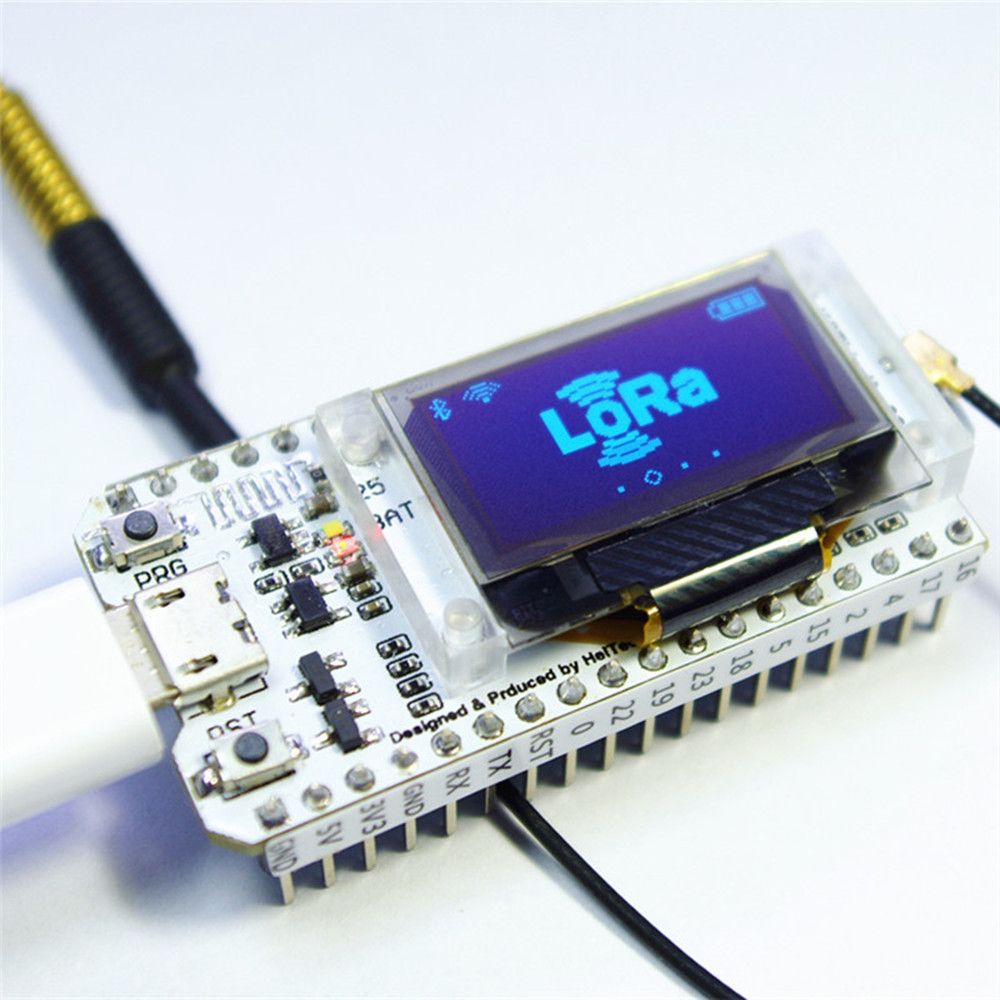

- #Uso de modulo fiwi con arduino how to
- #Uso de modulo fiwi con arduino install
- #Uso de modulo fiwi con arduino drivers
Once it’s done, close the Boards Manager. As of this writing it has to download ~150mb of data. Click it and the installation process will begin. The location is inconsistent, and IMHO the button should always be visible if the plugin has not been installed. A button labelled “install” will appear nearby. Click once anywhere on the description text. You can see in my copy I’ve already installed the plugin. There are a lot of boards here! In the search field type “esp8266”, which is the name of the Wifi module at the heart of the NodeMCU. Now your Arduino IDE knows that NodeMCU boards exist.

In the field that says “Additional Boards Manager URLs” add “” and hit OK.
#Uso de modulo fiwi con arduino install
We need to add NodeMCU to the list of possible microcontrollers and then tell Arduion “Please download and install support for NodeMCU.”įire up Arduino IDE and go to File > Preferences. This does two useful things: it keeps the download smaller for them (less $) and it means new users are not swamped with lots of options they may never use. Arduino has a list of possible microcontrollers (boards) that it can support if you ask it to add support. We’re almost done! This next bit is pretty easy. Please post OSX-specific instructions them in the comments below. NodeMCU should now appear as a COM port on your Windows 10 computer. You’ll need to download the official driver and install it yourself.ĭownload and extract the files, then run the Windows 10 installer.
#Uso de modulo fiwi con arduino how to
Windows doesn’t know how to talk to the USB driver on the NodeMCU so it can’t figure out that the board is a NodeMCU and proceed normally. Unfortunately as of writing this post when I plug a brand new NodeMCU into a new Windows 10 installation with a micro USB cable I get a warning message that says “USB Device Not Recognized – Device Descriptor Request Failed”.
#Uso de modulo fiwi con arduino drivers
Mostly these days devices download and install drivers on their own, automagically. This part of the instructions are written for Windows. Read on for the two steps that have to be done only once. We’ve done the hard work of figuring out the NodeMCU drivers and NodeMCU Arduino IDE setup for you. Open your browser and type login with admin as username and password.The first time using a new microcontroller is what I call funstrating, especially if you don’t have clear instructions. Here’s how to configure it in client mode:įirst, give to your PC a fixed IP address, 192.168.0.10, and connect it to the router using an ethernet cable: The TL-WR702N router is also very small and you can power it through a micro USB connector: I found the TL-WR702N nano router by TP-LINK that, with a cost of about 20€ on eBay, can work also as a wireless client: in this mode the router acts like a “bridge” between the device connected to its ethernet port and a Wi-fi network. Sometimes however it could be easier (and maybe cheaper!) to connect an Arduino to the Wi-fi network using your ethernet shield in conjunction with a wireless router. You can find many Wi-fi shields for Arduino: starting from the official one, up to shields based on Microchip’s ICs. Today’s tutorial is a bit different: I’m going to show you how to make your ethernet shield wireless!


 0 kommentar(er)
0 kommentar(er)
